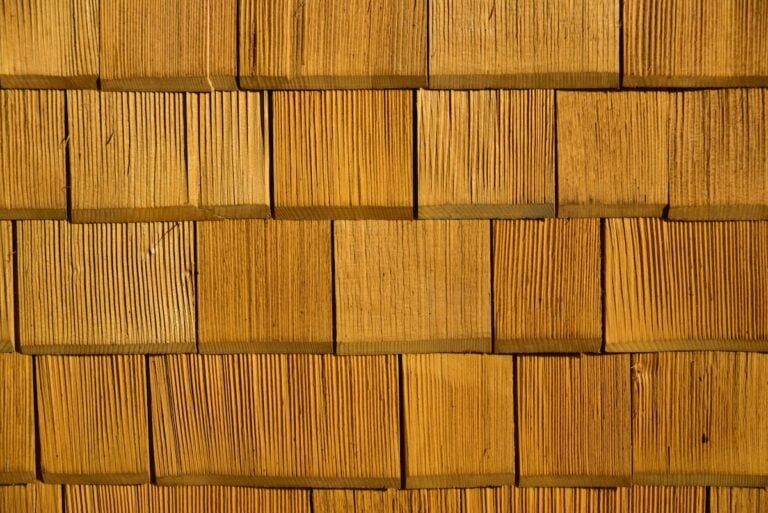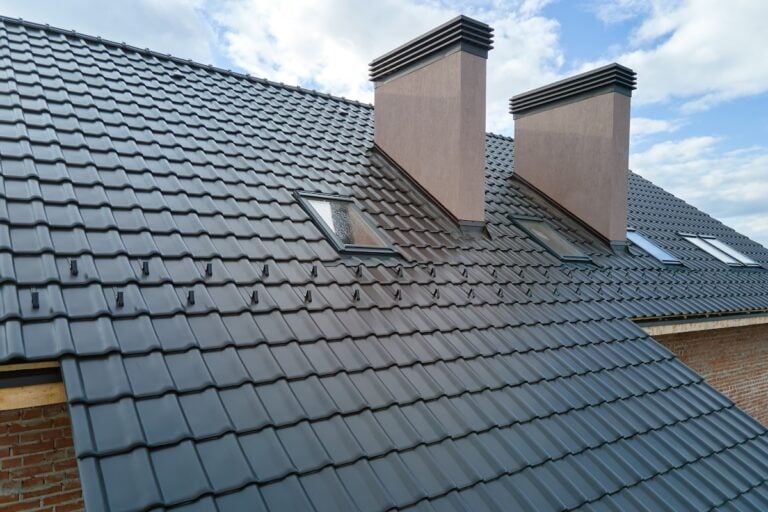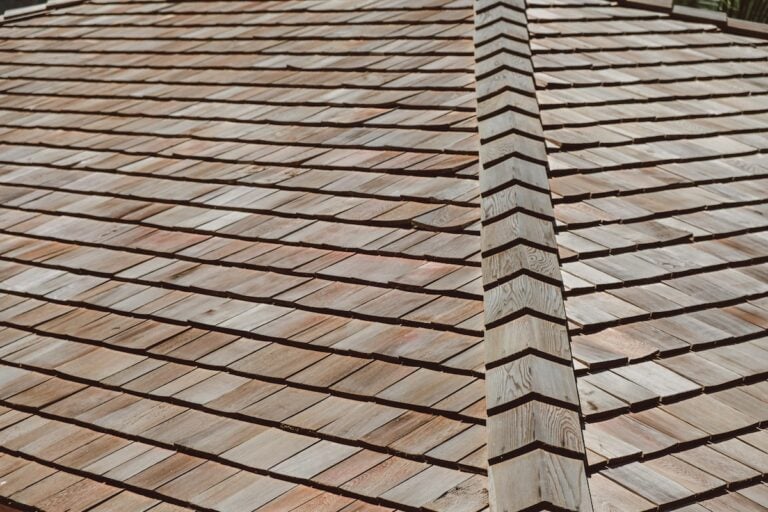Insulated vinyl siding is one of the most energy-efficient and low-maintenance exterior upgrades homeowners can make. While it costs more upfront than standard siding, its long-term performance, energy savings, and noise reduction often make it worth the investment.
- Improves energy efficiency: Added insulation reduces heat loss and improves indoor comfort.
- Enhances curb appeal: Thicker panels provide straighter lines and more durability.
- Reduces outside noise: Perfect for homes near busy streets or noisy neighbors.
In this post, we’ll break down what insulated vinyl siding is, how it works, and six key benefits that can help you decide if it’s the right choice for your home.
👉 What Is Insulated Vinyl Siding?
Insulated vinyl siding is standard vinyl siding with a rigid foam backing, typically made from expanded polystyrene (EPS). This insulation is fused to the back of each siding panel and designed to fill in the wall’s uneven surface, improving thermal performance and structural stability.
It’s available in a variety of styles, colors, and textures, so homeowners don’t have to sacrifice aesthetics for functionality. The insulation adds depth to the profile, giving the siding a straighter, more finished appearance. Installing insulated siding requires proper technique and vinyl siding tools to ensure panels fit securely against your walls.
How It Works
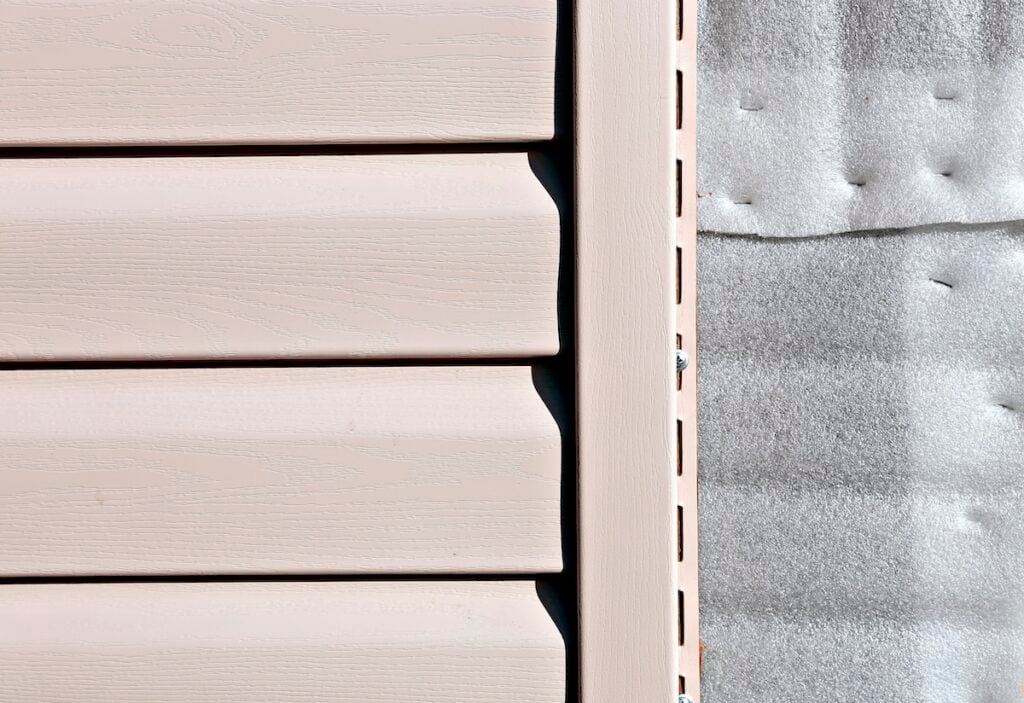
The foam backing behind insulated vinyl siding serves as a thermal barrier between the exterior wall and the elements. By reducing heat transfer, it keeps homes warmer in the winter and cooler in the summer.
Unlike house wrap alone, which acts more like a windbreaker, insulated siding reduces both airflow and conduction. This dual defense makes a noticeable difference in comfort and energy usage throughout the year.
✅ 6 Benefits of Insulated Vinyl Siding
Insulated siding isn’t just about energy savings—it also offers structural and aesthetic perks that can enhance your entire home exterior.
1. Energy Efficiency
- Lower heating and cooling costs: Insulated vinyl siding helps maintain stable indoor temperatures by reducing thermal bridging.
- Consistent comfort: Rooms along exterior walls feel less drafty, especially in winter.
- Improved R-value: Depending on the product, it can add an R-value of 2.0 to 4.0 to your wall system.
Many homeowners looking for lower utility bills choose professional siding installation in Fairfax to maximize energy efficiency.
2. Improved Appearance
- Straighter wall lines: The rigid foam helps mask wall imperfections and prevent panel waviness.
- Deeper profiles: Insulated panels often have more definition, mimicking the look of wood.
- More color options: These products come in a wide variety of UV-resistant colors and finishes.
3. Increased Durability
- Impact resistance: The foam backing adds strength to the panel, helping it withstand hail, debris, and harsh weather.
- Less movement: The insulation reduces the flexing and rattling that can occur with standard vinyl siding in high winds.
- Long-lasting protection: Thicker panels hold up better over time and are less prone to cracking or sagging.
4. Noise Reduction
- Quieter interiors: Insulated vinyl siding reduces outside noise from traffic, neighbors, and storms.
- Ideal for busy neighborhoods: If you live near a road or school, the difference can be noticeable.
For homes near busy streets, working with siding experts in Alexandria ensures you get the right insulated siding to reduce outside noise.
5. Moisture Management
- Breathable insulation: EPS insulation allows water vapor to escape, helping to prevent mold and mildew.
- Better fit and seal: The insulation creates a snug fit against the wall, minimizing air and moisture intrusion.
6. Low Maintenance
- Easy to clean: A simple rinse with a garden hose removes most dirt and debris.
- No painting required: Vinyl color is baked in, so it won’t peel or chip like painted surfaces.
- Long-term savings: You save money over time by avoiding repainting, staining, or major repairs.
Cost Considerations
The initial price of insulated vinyl siding is typically higher than standard vinyl—usually $1.50 to $2.50 more per square foot. However, this upfront investment can be recouped through lower utility bills, fewer repairs, and increased home value.
Many homeowners see this upgrade as a long-term solution that pays off over time, especially in areas with extreme temperatures or high energy costs. DIYers often underestimate the precision needed—see our guide on how to cut vinyl siding before considering it as a cost-saving option.
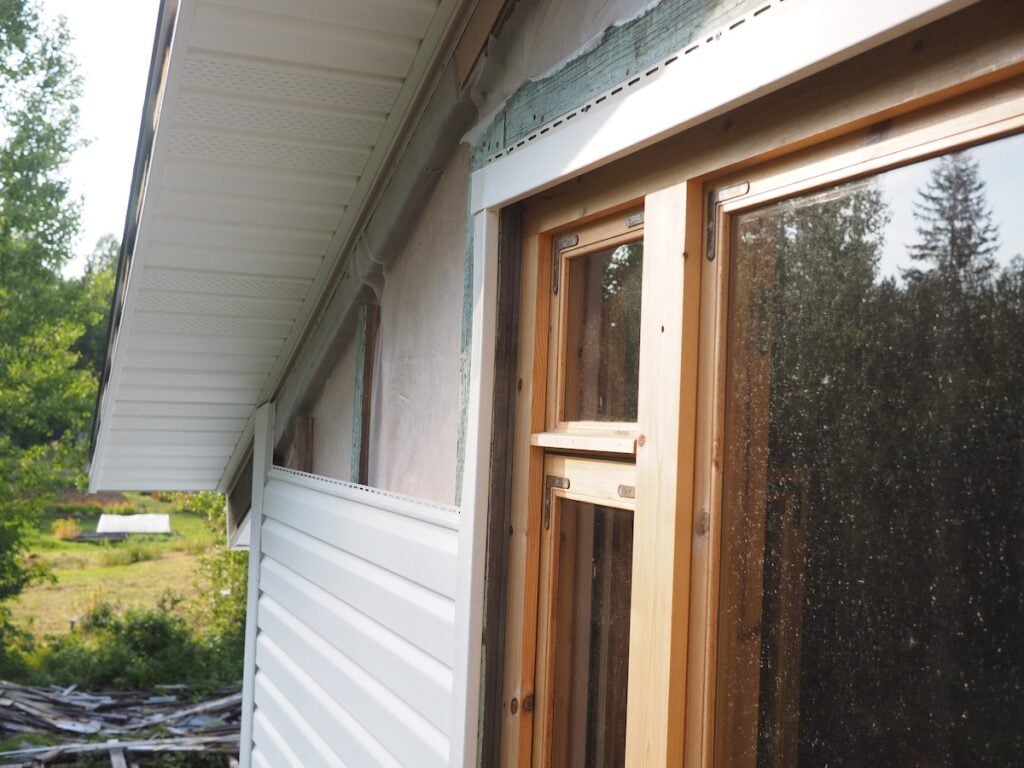
🏠 Is It Right for Every Home?
Insulated vinyl siding is especially beneficial for:
- Older homes with poor wall insulation
- Homes in cold or hot climates where HVAC use is high
- Properties near noisy roads or urban areas
- Homeowners looking for an exterior facelift with energy savings
That said, if your home already has strong wall insulation or you’re renovating on a tight budget, traditional vinyl siding may still be a good option. It depends on your goals for energy efficiency, appearance, and comfort. If you’re ready to boost curb appeal and energy efficiency, explore our full range of siding services in Springfield tailored to local homeowners.
❗️ Choosing the Right Product
Not all insulated siding is the same. Be sure to look at:
- R-value: The higher the value, the better the thermal performance
- Thickness: Thicker insulation generally means better impact resistance and straighter lines
- Warranty: Choose a manufacturer-backed product with at least a 25-year warranty
- Appearance: Select a style that matches your architecture and neighborhood aesthetic
Springfield Roofing & Sheet Metal can help you choose the right insulated vinyl siding product for your specific needs and budget. We’ll walk you through styles, insulation levels, and install details so you get the most out of your investment.

🤔 Is Insulated Vinyl Siding Worth It?
If you’re looking to boost your home’s comfort, efficiency, and curb appeal all at once, insulated vinyl siding is a smart, long-term upgrade. It offers a strong return on investment by lowering utility bills, reducing outside noise, and delivering a clean, modern look with minimal upkeep.
At Springfield Roofing & Sheet Metal, we’ve installed insulated siding on homes of all sizes—and we’ve seen the difference it makes. Contact us today so we can help you decide if insulated vinyl siding is the right solution for your next exterior project.



